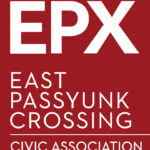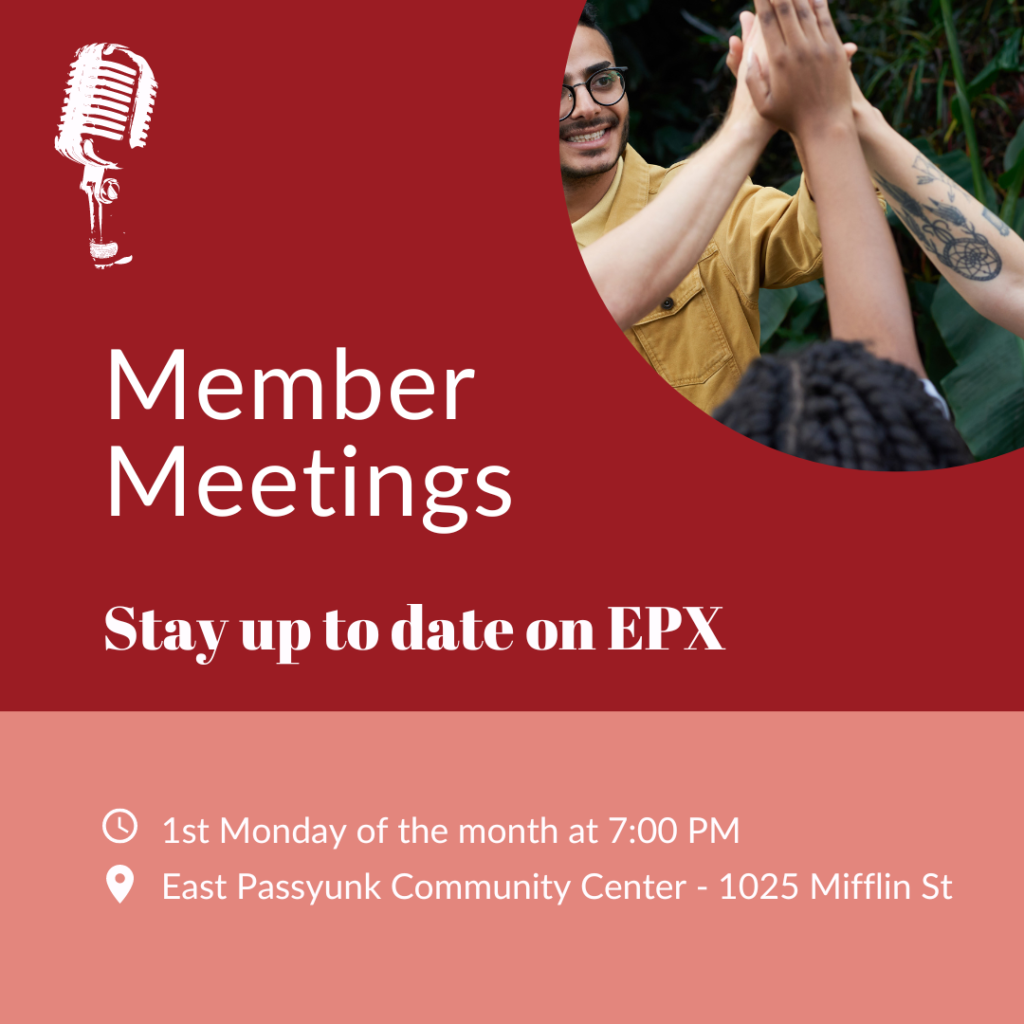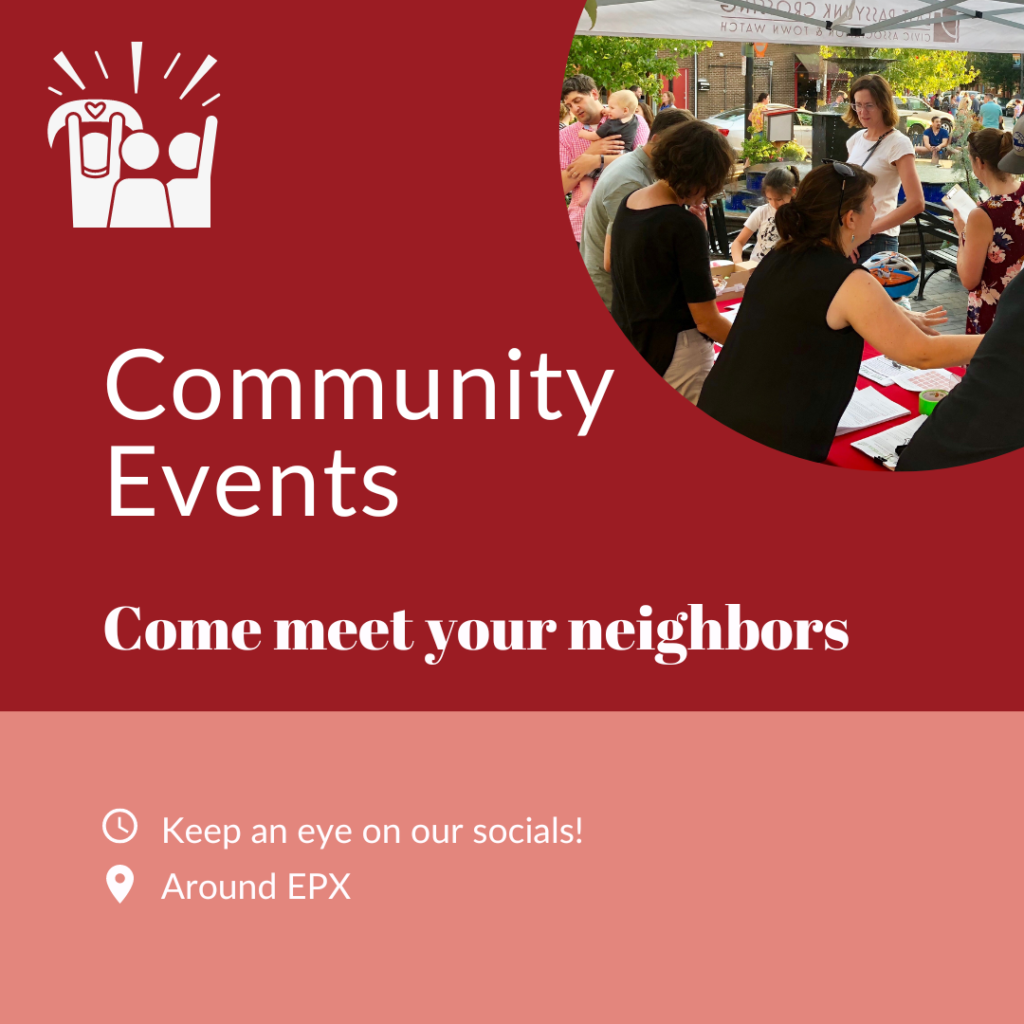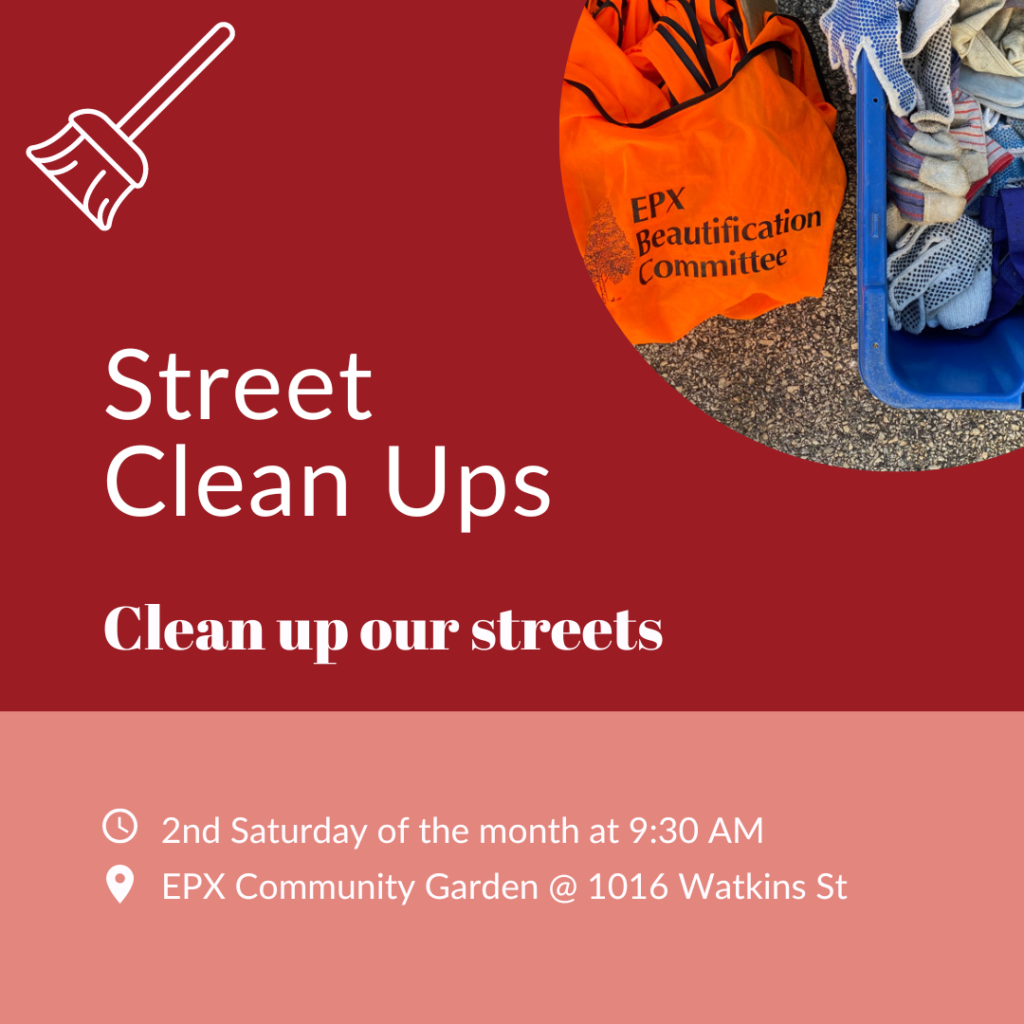Welcome to EPX
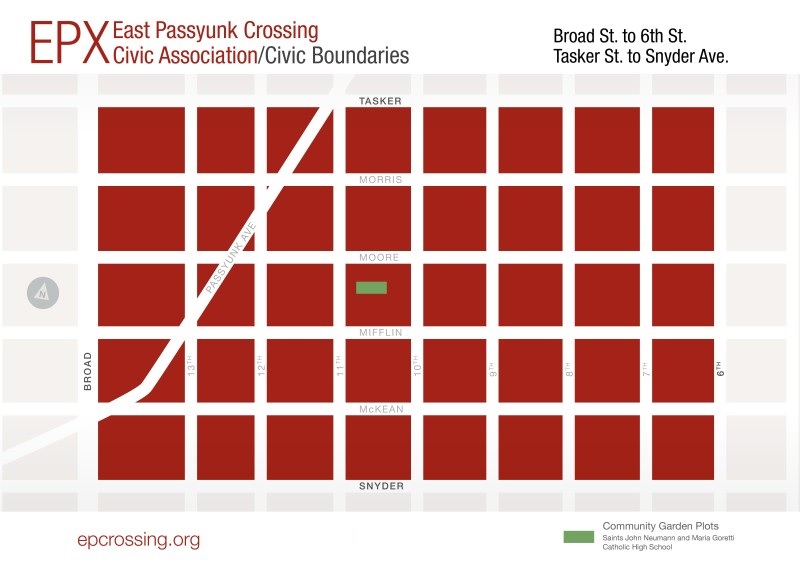
About Us
East Passyunk Crossing, in the heart of South Philadelphia, proudly encompasses a vibrant neighborhood within its boundaries, stretching from 6th Street to Broad Street and from Tasker to Snyder. With a passion for fostering unity and positive change, EPX Civic is dedicated to empowering its residents. Through collaborative initiatives, community events, and a shared commitment to the betterment of our neighborhood, EPX Civic embodies the spirit of togetherness that defines South Philadelphia. Join us in building a stronger, more connected community in the heart of the city.
Our Mission
EPX Civic empowers neighbors to contribute to a vibrant, inclusive community. We provide a forum for, and strive to reach consensus on, zoning and land use issues. We advocate for quality, well-kept public spaces in our neighborhood. We connect residents to resources and to each other.
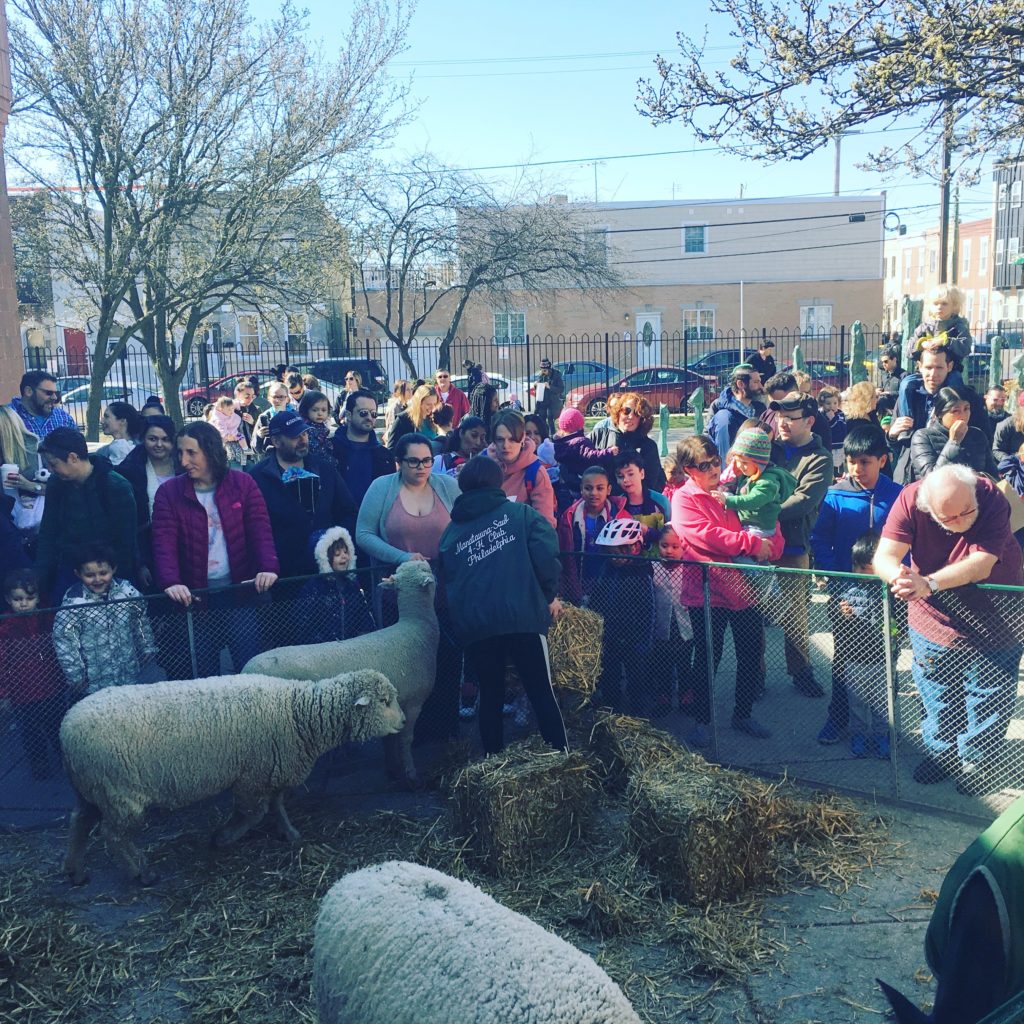
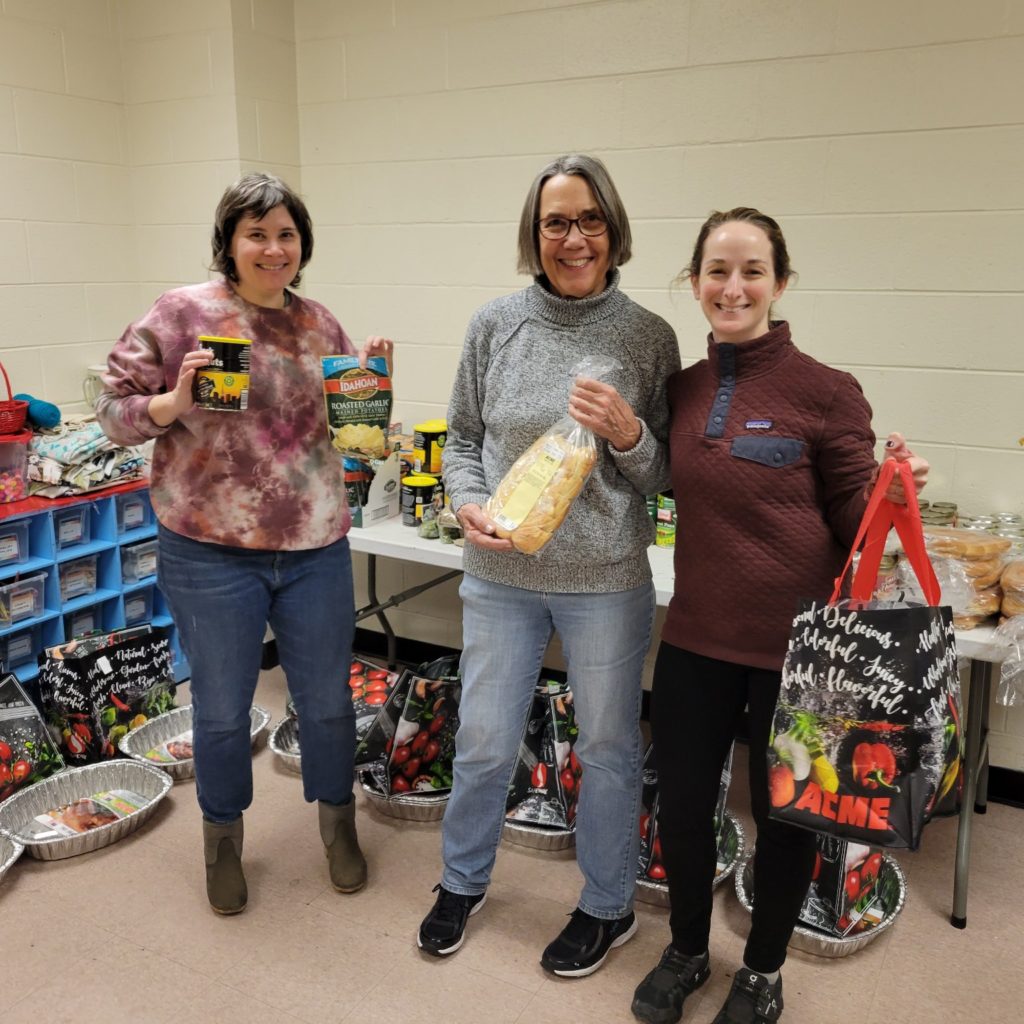
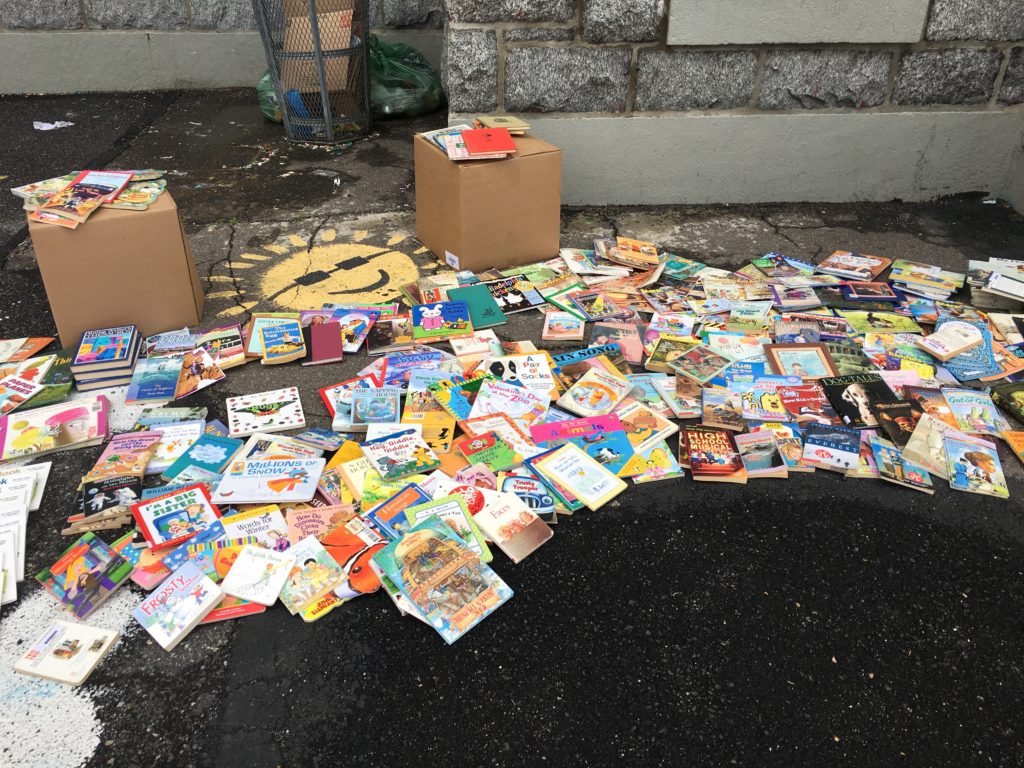
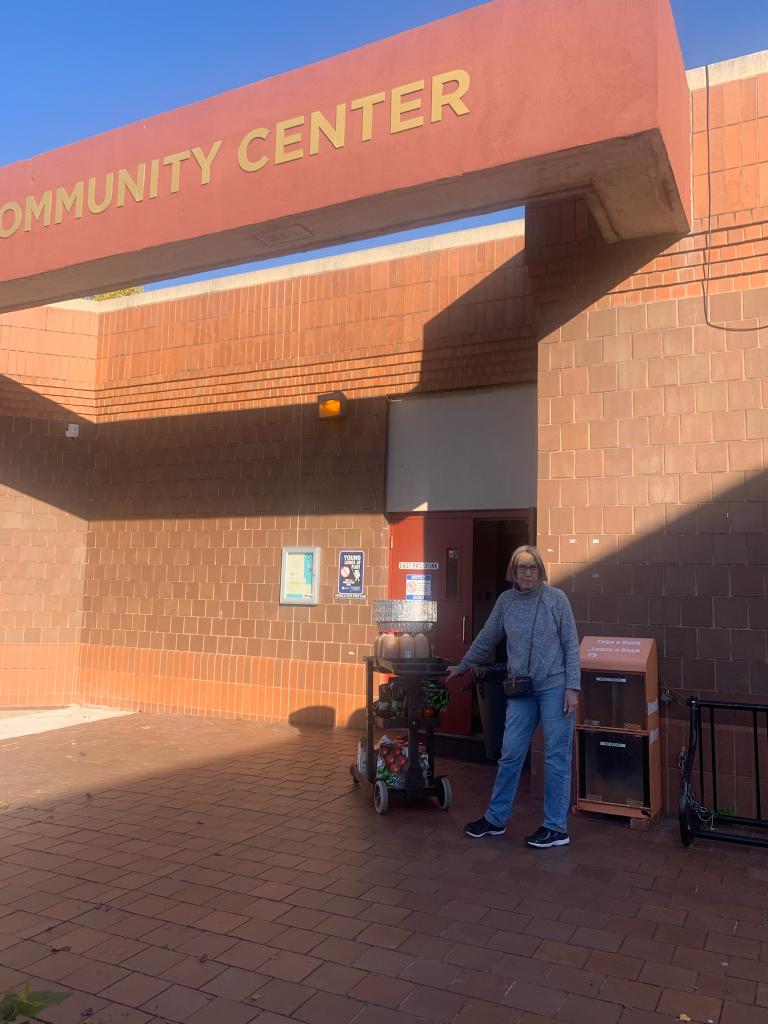
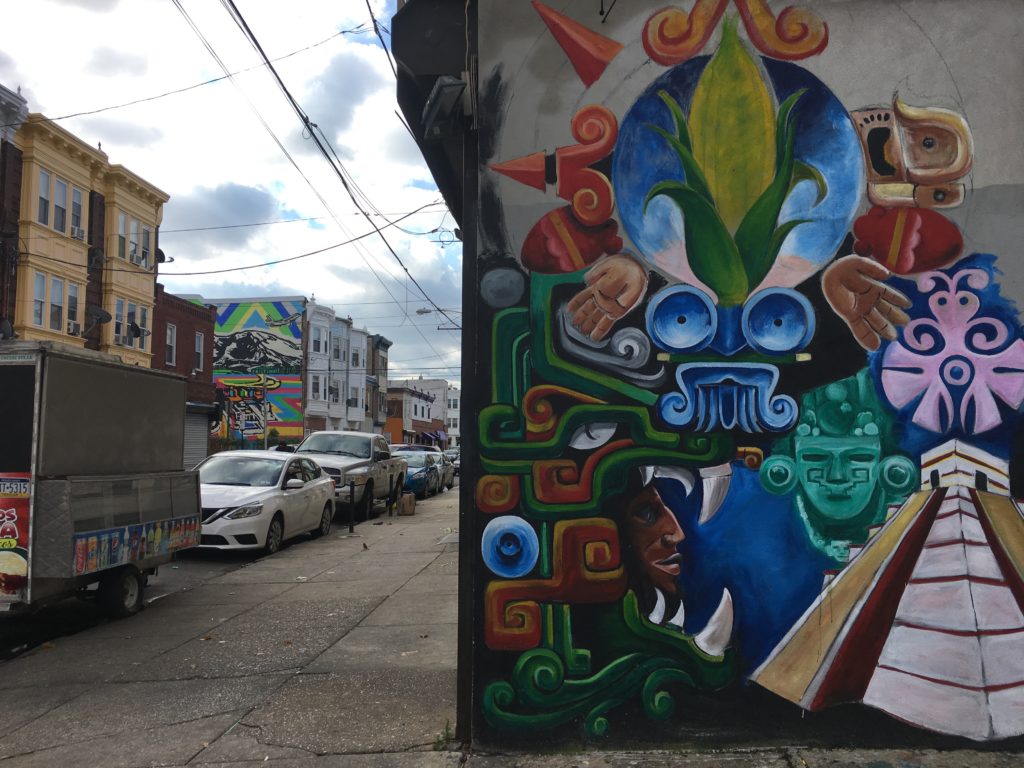
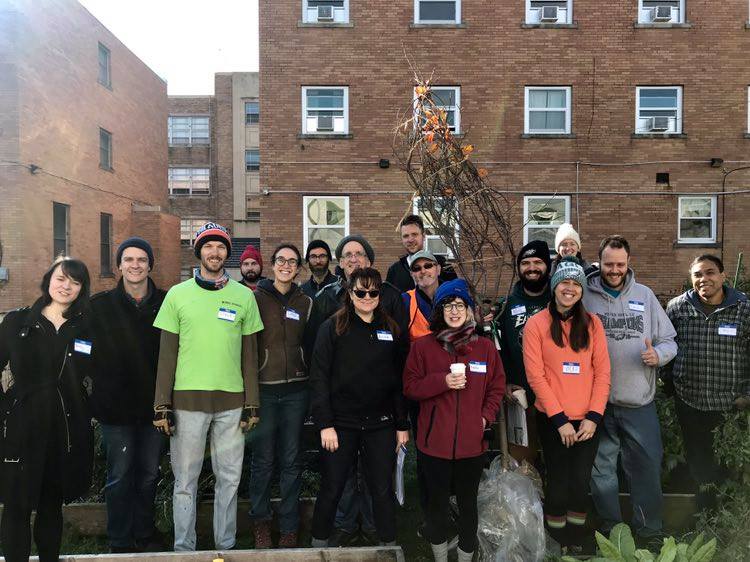
Get Involved
Donate to EPX
Donations are always welcome and are tax-deductible. You can donate in one of the following ways:
- Mail a check or money order to EPX Donations, 1025 Mifflin Street, Philadelphia, PA 19148
- Give a check, money order, or cash to the EPX Treasurer or any board member at any EPX meeting or event.
- Donate below!
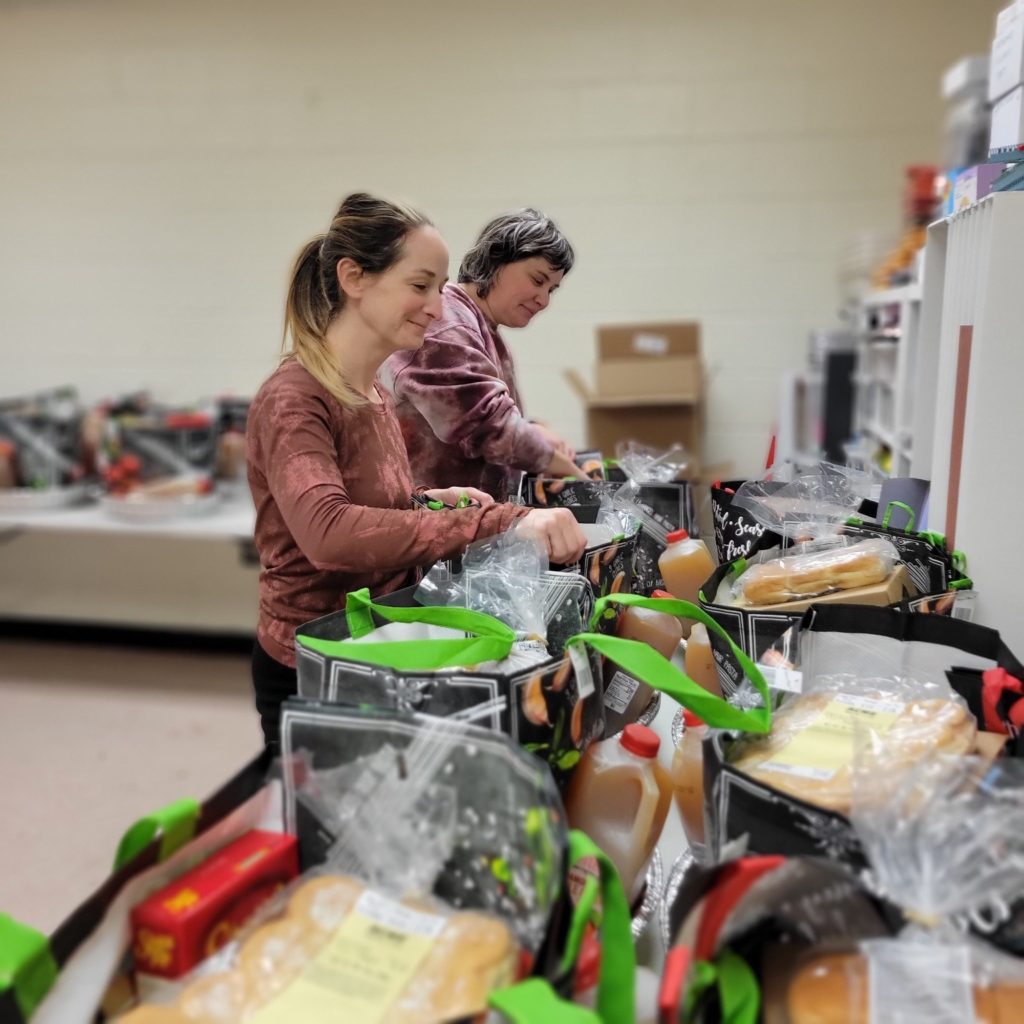
Board of Directors
2024 Board Members
Executive Board
Bruce Benjamin – President
Sequoia Medley – Vice President
Denise Marx – Treasurer
Daria Silvestro – Recording Secretary
Brandon Tubby – Corresponding Secretary
Committee Chairs
Victoria Lenoci – Clean & Green
Andrew Sciolloa – Zoning
Terren Proctor – Events
At-Large
Michael Ceriello, Darren Fava, Andrew Ledva, Adam Leiter, Kevin McNeal, Caroline Peri, Sara Strickland
Bylaws
EPX Corporate Bylaws (original draft ratified by vote 9/18/06, revisions presented to membership 2/4/08 and current version amended 12/2/19)
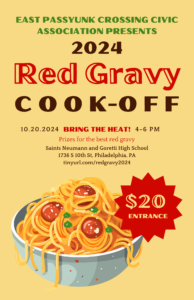
New Date! The Red Gravy Cook-Off Makes a Savory Return
Important Links! Tickets: https://tinyurl.com/redgravyticketsEnter the contest: tinyurl.com/redgravysignupVolunteering: tinyurl.com/redgravyvolunteerMake a dessert: tinyurl.com/redgravydesserts After a pause that left many yearning for its
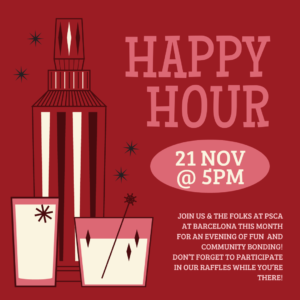
Upcoming Happy Hour at Barcelona
Get ready for an evening of community fun and camaraderie! East Passyunk Crossing (EPX) Civic Association, in collaboration with Passyunk
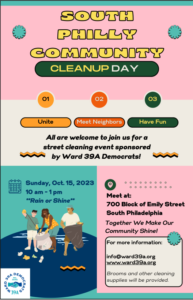
Join South Philly Community Cleanup Day on October 15th!
Do you have a few hours to spare on a beautiful Sunday morning this October? The Ward 39A Democrats invite
